Gaylussacia dumosa Plant Identification (Flower, Leaf, Care, Uses)
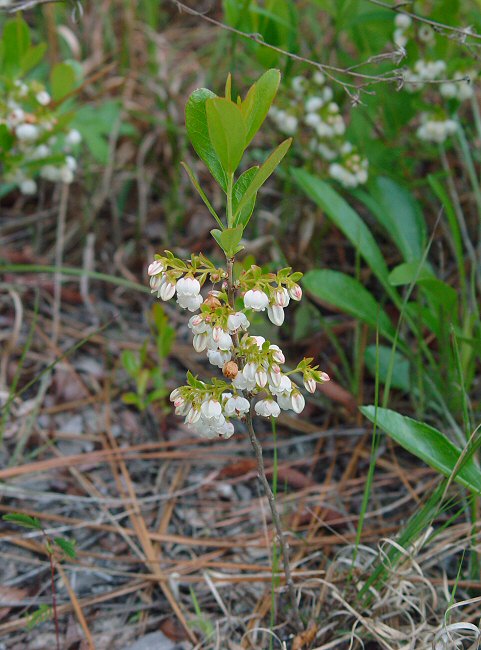
Family – Ericaceae
Stems:
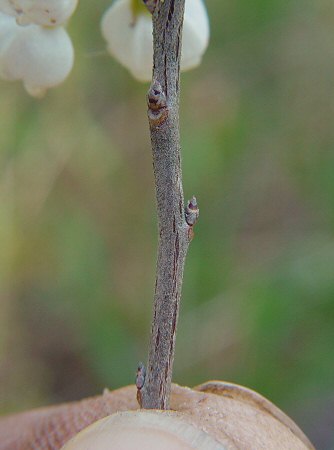
Leaves:
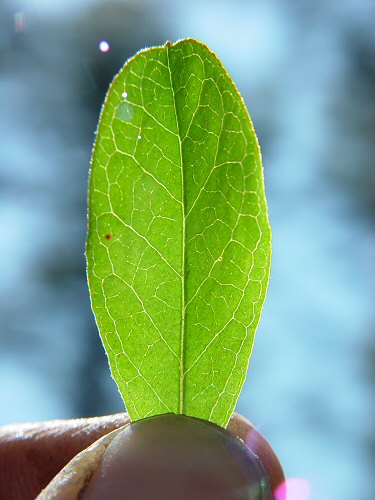
Inflorescence:
N/A
Flowers:

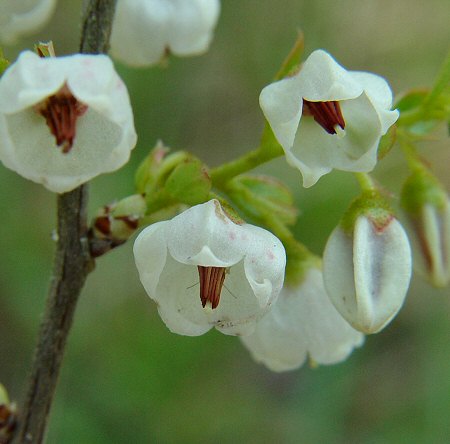
Flowering – March – June.
Habitat – Sandy soils, pine savannahs.
Origin – Native to North America.
Other information – This small but attractive species can be found mainly in the southern portion of Alabama but is also common in some central counties of the state. The plant is rhizomatous and forms large colonies. Most stems grow to about 30-40cm tall.
The plant can be identified by its xeric habitat, small size, stipitate-glandular twigs, bracteate racemes, and white, campanulate flowers.
The genus name Gaylussacia is named in honor of French chemist Louis Joseph Gay-Lussac (1778-1850). Gay-Lussac is one of the most famous and respected chemists to have ever lived. His accomplishments in chemistry are too many to mention here.
The species epithet dumosa derives from the Latin “dum(us)” meaning “a bramble, bushy, thorny.” The name is not so appropriate as the plant is typically not shrubby.
Alabama Distribution:
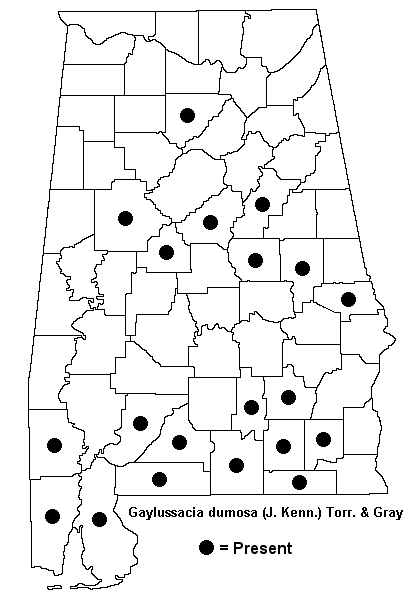
Photographs taken at Fort Benning, GA., 5-6-05.

